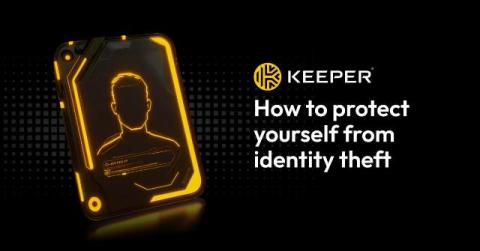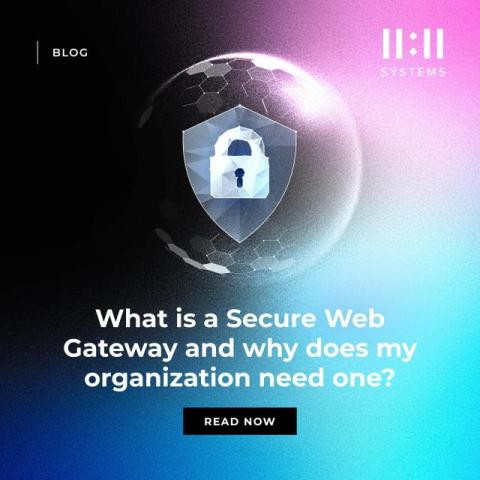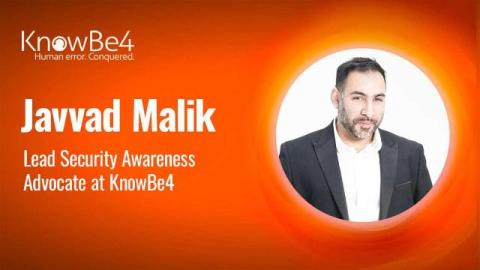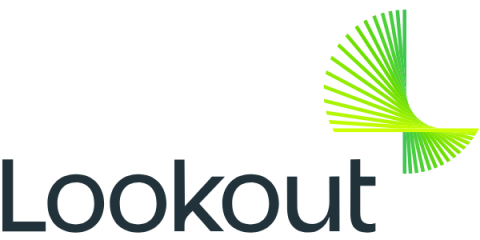How To Protect Yourself From Identity Theft
You can protect yourself from identity theft by safeguarding your Social Security number and other sensitive documents, regularly reviewing your credit reports, using a dark web monitoring tool and not oversharing online. Identity theft occurs when someone steals and uses your sensitive documents unbeknownst to you to gain money or access to your confidential information. Examples of sensitive documents include Social Security numbers, credit card numbers, bank account information and passport numbers.











